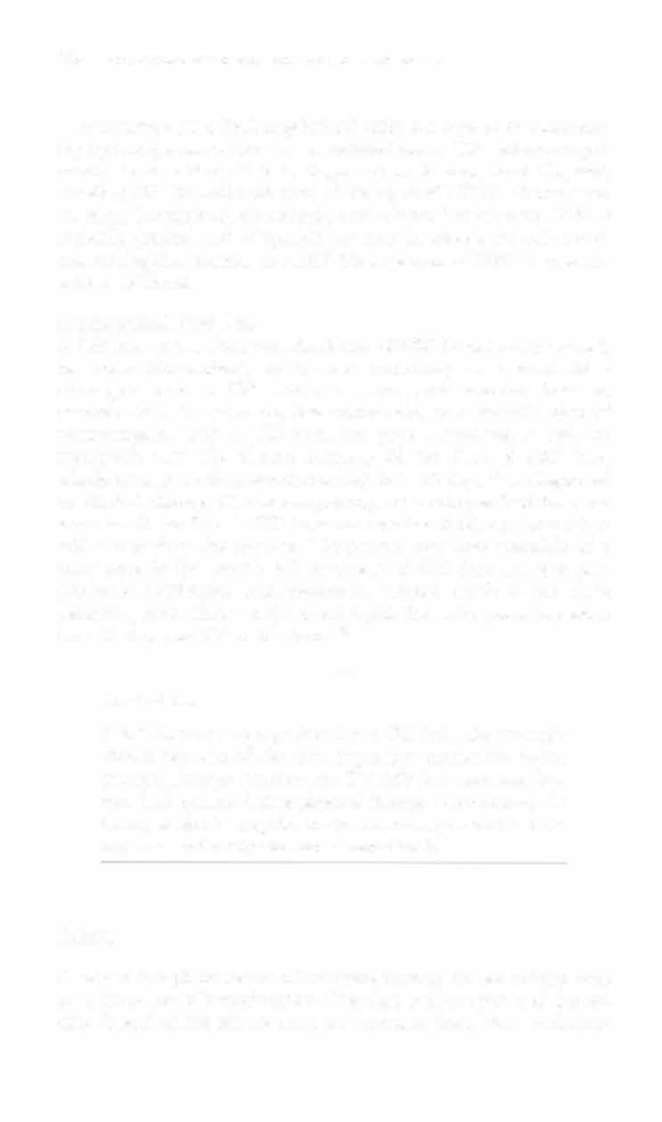i bc27f85be50b71b1 (95 page)
Read i bc27f85be50b71b1 Online
Authors: Unknown


NERVOUS SYSTEM
3 1 3
Hemorrhagic CVA involves cerebral hypoperfusion, which is
abrupt in onset and is secondary to intra parenchymal hemorrhage
associated with hypertension, AVM, trauma, aneurysm, or SAH.
The management of hemorrhagic CVA involves blood pressure
control (low to normal range), trearment of causarive factors (if
possible), corticosteroids, anricoagulation (for reperfusion), prophylactic anticonvulsant therapy, and surgical hematoma evacuarion (if appropriate).
Experimental rrearment oprions for CVA include cytoprotective
drugs and gene transfer rherapy.3' The signs and symptoms of CVA
depend on the location (anterior vs. posterior and cortical vs. subcortical) and the extent of the cerebral ischemia or infarction. General signs and symptoms include contralateral motor and sensory loss,
speech and perceptual deficits, altered vision, abnormal muscle tone,
headache, nausea, vomiting, and altered effect.
Other terms commonly used to describe CVA include the following:
Completed stroke. A CVA in which the neurologic impairments have
fully evolved
Stroke-ill-evolutioll. A CVA in which the neurologic impairments continue to evolve or fluctuate over hours or daysJ8
LaCllllar stroke. A cerebral infarct of deep white matter (less than 1 .5
cm in diameter) due to the thrombosis of very small penetrating
cerebral vessels39
Watershed stroke. A cerebral infarcr berween the terminal areas of
perfusion of two different arteries, typically between the anterior
and middle cerebral arteries 14
Arteriovenous Malformation
AVM is a malformarion in which blood from the arterial system is
shunted to the venous system (thereby bypassing the capillaries)
through abnormally thin and dilated vessels. An AVM can occur in
a variety of locations, shapes, and sizes. The resulr of rhe bypass of
blood is degeneration of brain parenchyma around the site of the
AVM, which creates a chronic ischemic state. Signs and symptoms
of AVM include headache, dizziness, fainting, seizute, aphasia,
bruit, and motor and sensory deficits J4 Management of AVM
includes cerebral angiogram to evaluate the precise location of the

3 1 4 AClJTE CARE HANDBOOK FOR PHYSICAL THERAPISTS
AVM, followed by surgical AVM repair, embolization, radiosurgery (stereotactic), or photon beam therapy. 14
Cerebral Aneurysm
Cerebral aneurysm is the dilation of a cerebral blood vessel wall
owing to a smooth muscle defect through which the endothelial layer
penetrates. Cerebral aneurysms most commonly occur at arterial
bifurcations and in the larger vessels of the anterior circulation. Signs
and symptoms of unruptured cerebral aneurysm are determined by
size and location, such asJ4
Anterior communicating artery-Visual field deficits, endocrine dysfunction, fronral headache
Middle cerebral arrery-Aphasia, focal arm weakness, paresthesias
Basilar bifurcation-Oculomotor paresis
Signs and symptoms of ruptured aneurysm include violent headache,
stiff neck, phorophobia, vomiting, hemiplegia, aphasia, seizure, and
CN (III, IV, VI) palsy.'4 Management of cerebral aneurysm involves
CT scan or angiogram to closely evaluate the aneurysm, followed by
aneurysm clipping, embolization, or balloon occlusion.
Subarachnoid Hemorrhage
Subarachnoid hemorrhage (SAH), the accumulation of blood in the
subarachnoid space, is most commonly the result of aneurysm rupture,
or less commonly a complication of AVM, rumor, infection, or trauma.
It is graded ftom I to V according to the Hunt and Hess scalel4;
I.
Asymptomatic
II.
Moderate to severe headache, nuchal rigidity, without
neurologic deficit
111.
Drowsiness, confusion, with mild focal neurologic deficit
IV.
Stu POt, moderate to severe focal deficits, such as hemiplegia
V.
Comatose, abnormal posturing
SAH is diagnosed by history, clinical examination, CT scan, LP, or
angiogram. The management of SAH depends on its severity and may

NERVOUS SYSTEM 315
include surgical aneurysm repair with blood evacuation; ventriculostomy; and supportive measures to maximize neurologic, cardiac, and respiratory status, rehydration, and fluid-electrolyte balance.
Complications of SAH include rebleeding, hydrocephalus, seizure,
and vasospasm. Vasospasm is the spasm (constriction) of one or more
cerebral arteries that occurs 4-1 2 days after SAH.4o Diagnosed by
either transcranial Doppler, cerebral angiography or CT, the exact etiology of vasospasm is unknown. Vasospasm results in cerebral ischemia distal to the area of spasm if untreated. The signs and symptoms of vasospasm are worsening level of consciousness, agitation, decreased strength, altered speech, pupil changes, headache, and vomiting, and they may wax and wane with the degree of vasospasm.
Vasospasm is treated with induced hypertension, hypervolemia, and
hemodilution.4o
Ventricular Dysfunction
Hydrocephalus
Hydrocephalus is the acute or gradual accumulation of CSF, causing
excessive ventricular dilation and increased JCP. CSF permeates
through the ventricular walls into brain tissue secondary to a pressure
gradient. There are twO rypes of hydrocephalus:
I .
Noncommtlllicatillg (obstrucrive) hydrocephalus, in which there
is an obstruction of CSF flow within the ventricular system. There may be
thickening of the arachnoid villi or an increased amount or viscosity of
CSF. This condition may be congenital or acquired, often as the result of
aqueduct stenosis, tumor obstruction, abscess, or cyst, or as a complication of neurosurgery.4
2.
Communicating hydrocephalus, in which there is an obstruc-
tion in CSF flow as it interfaces wirh the subarachnoid space. This
condition can occur with meningitis, after head injury, with SAH, or
as a complication of neurosurgery.2
Hydrocephalus may be of acure onset characterized by headache,
altered consciousness, decreased upward gaze, and papilledema.s
Management includes treatment of the causative factor if possible, or
ventriculoperitoneal (VP) or ventriculoatrial (VA) shunt.


3 1 6 AClJfE CARE HANDBOOK FOR PHYSICAL THERAPISTS
Normal-pressure hydrocephalus (NPH) is a type of comminucating hydrocephalus without an associated rise in ICP and occurs primarily in rhe elderly." It is diagnosed by history, head CT, and, possibly, LP. The hallmark triad of the signs of NPH is altered mental status (confusion), altered gait, and urinary incontinence. NPH is typically gradual and idiopathic but may be associated with previous meningitis, trauma, or SAH.8 Management of NPH is typically with a VP shunt.
Cerebrospinal Fluid Leak
A CSF leak is the abnormal discharge of CSF from a scalp wound,
the nose (rhinorrhea), or rhe ear (otorrhea) as a result of a
meningeal tear. A CSF leak can occur with anterior fossa or
perrous skull fractures or, less commonly, as a complication of
neurosurgery. With a CSF leak, the patient becomes at risk for
meningitis with the altered integrity of the dura. A CSF leak,
which usually resolves spontaneously in 7-1 0 days,14 is diagnosed
by clinical history, CT cisternography, and testing of fluid from the
leak site. If the fluid is CSF (and nOt another fluid, e.g., mucus), it
will test positive for glucose. The patient may also complain of a
salty taste in the mouth. Management of CSF leak includes prophylactic antibiotics (controversial), lumbar drainage for leaks persisting more than 4 days, dural repair for leaks persisting more
than 1 0 days, or VP or VA shunt."
Clinical Tip
If it is known that a patient has a CSF leak, the therapist
should be aware of vital sign or position restrictions before
physical therapy intervention. If a CSF leak increases or a
new leak occurs during physical therapy intervention, the
therapist should stop the treatment, loosely cover the leaking area, and notify the nurse immediately.
Seizure
A seizure is a phenomenon of excessive cerebral cortex activity with
or without loss of consciousness. The signs and symptoms of the seizure depend on the seizure locus on the cortex (e.g., visual hallucina-
